“Hold up, that ain’t my pant size.”
“I’m following the directions,” I muttered, standing tip-toe to drape my pink measuring tape around Mark’s shoulders. We were heading out to buy dress clothes for a friend’s upcoming wedding and needed to double check his suit measurements. While I went to look at Google’s instructions again, Mark grabbed a pair of his jeans to compare.
“See? Look. It doesn’t match up.” He held the tag to my face.
“But that’s what it says!”
“Let me see?” I handed over the measuring tape.
“Hmm…Where did you get this?”
“I don’t remember. It was on my desk.”
Mark peered at the little numbers. “Ah!” he exclaimed, rushing out of the room. What was going on?
“I knew it!” Mark laid my pink measuring tape on the floor and aligned it with his yellow heavy duty measuring tape from the Home Depot.
“It’s the Chinese Inch!”
“Huh?”
“Look!”
While Mark excitedly detailed how he had read about it somewhere, I stared at the two tapes. It was true! My pink measuring tape was off. Where did I get it? It must have snuck its way into my stuff I had shipped here from China. Either way, I was stunned. How did I forget about the Chinese Inch?
You Know What They Say About Big Thumbs
Units for measurements around the globe developed from what was easily available, namely body parts. For instance, hands were used to measure the height of horses, human feet for distance, and even the average length a physicist’s beard grows in a second was once used to measure extremely short distances (around 5 nanometers). An inch in the West is generally based on the length of a thumb.

Zhidao Baidu
The cùn (寸, pronounced tsoon), or the Chinese Inch as some call it, was standardized back in the twentieth century to equal .762 inches to fit with the metric system. China’s cùn is similar in its original use of thumbs for length, but it also once incorporated multiple fingers depending on who or what was being measured.
Despite this number being recognized as China’s current municipal unit of length, one may still find the old ways of measuring cùn utilized in Traditional Chinese Medicine (TCM).
Traditional Chinese Medicine (中医)

PC: TouTiao
To give a superficial overview to a complicated belief system, Traditional Chinese Medicine (TCM) stems from ancient practices to treat all sorts of ailments by balancing the body’s inner qi (气, pronounced chee). Qi is essentially always in flux inside a living body. Any disruption to the flow is thought to manifest painfully as a blemishes, aches, or illness. There are many ways one’s qi can become imbalanced. For example, showering at the wrong time, keeping phlegm in, or even wearing too little clothing is believed to throw your inner organs out of whack.
TCM techniques, such as acupuncture (针, zhēn cì), cupping (拔罐, báguàn) and moxibustion (艾灸, ài jiǔ), aim to restore the harmony of the body’s yin and yang. This balance of masculine/feminine energy is described as one of the most fundamental to human existence in the “Inner Canon of the Yellow Emperor,” with its earliest mention around 111 CE in the “Book of Han.” A big concern around inner qi, that I find particularly enthralling, has to do with certain foods causing bodily disarray.
“Food returns to the body’s meridian.”

PC: Alan Hill
When I lived in China, my Chinese co-workers would often scold me for my penchant to drink cold sodas and iced boba teas. “Steph, remember to not drink these during your period. You can really hurt your stomach!” “Aiyaaa, you will get a cold! Do you not want your health to be strong? Here, I’ll make you hot water.”
It is no surprise then that most restaurants in China serve hot or lukewarm drinks unless you specifically ask for them cold. There were many instances where I would forget to ask and would sadly receive a warm soda or beer. Some hole-in-the-walls do not keep a fridge for cold drinks!
One plus about drinking hot water is that most buildings in China have a free hot water machine since drinking hot water is believed to be an overall curative. These machines were awesome in the winter!

When it was below freezing outside, I loved having the ability to make instant coffee tea at these machines. I would hold onto my hot thermos to warm my hands while waiting for the bus or metro, and I could refill it virtually anywhere!
On the flip side, eating or drinking foods with too much “fire” can bring about unwanted effects like anger, hypertension, or dizziness among many others. Fiery foods include very spicy, oily, or fried foods, especially junk food.

Counteracting hot/cold foods requires those afflicted to seek special homeopathic teas or foods that will neutralize the symptoms. Some of it makes sense to me. It is probably good for people with diarrhea to eat yams, although I’m not sure about root vegetables supposedly curing dysentery or an abundance of saliva. Some state that leeks are thought to help the liver and blood flow and pigeon meat promotes healthy hair!
Another intriguing claim asserts potatoes are a remedy for reducing fat, moisturizing the intestines, beautifying and having anti-aging properties. Sounds like potatoes might be the elixir of life! With a history of over two thousand years, it is no wonder TCM offers an abundance of home remedies for virtually any issue.
For those wanting a more clinical-feeling cure, a popular option is to pay a visit to a local TCM practitioner to have a qi blockage released through cùn pressure points.
The “Human Inch”
Cùn measurements in TCM do not have a fixed value. Unlike the official Chinese cùn for taking measurements, TCM’s cùn is more of a general term since these measurements depend on a person’s specific bodily proportions. This is shown in the picture below:


One human cùn is roughly the width of a thumb or the space between the middle knuckles of the middle finger. The width of the pointer and middle finger combined is one point five cùn, and three cùn is the combined width of the patient’s pinky, ring, middle, and pointer fingers. There are many, many acupuncture points along the body that use cùn, but I’ll focus on just one here:
The Zhongwan Point



The Zhongwan (中脘, zhōng wǎn, pronounced jong wahn), or middle point, is found about four cùn above a person’s belly button. Pressing this point helps the pyloric sphincter open up to bring food into the duodenum. It is commonly used to treat spleen and stomach problems, especially bloating, diarrhea, and abdominal pain. Additionally, the Zhongwan Point is touted to relieve a swollen face and heavy eye bags!

One story I found interesting told of a man who, after stuffing his face with hot rice, chugged a cold beer. Immediately, the man’s stomach became blocked and swelled with stagnant qi. The only cure that worked was having his Zhongwan Point massaged. I wonder if this works faster than taking Pepto.
Hey, how do you write that?
For anyone interested in learning to write the Chinese character cùn (寸), students in China are taught to think of it as a three-fingered hand with an arm and elbow.

PC: Zhidao Baidu
It takes three strokes to write this character. The first stroke is made horizontal left-to-right. This creates the two fingers: one on the right and left. The middle stroke, starting from the top and going down, ends with a little upward curve to the left. This move creates the middle finger and the forearm with a curved elbow.

PC: Zhidao Baidu
The extra teeny stroke under the left finger emphasizes the Cunkou Point (寸口, Cùnkǒu, pronounced tsoon coh), the place where a TCM practitioner takes a person’s pulse. Since the Cùnkǒu Point is small, this stroke in the character cùn is also small.

PC: Zhidao Baidu
Measure Once, Check Twice
I had a lot of fun looking into the Chinese Inch! Honestly, it is easy to spend hours reading about Traditional Chinese Medicine. There is just so much information that can lead you down a rabbit hole of all sorts of interesting (and questionable) cure-alls.
One last point I do want to mention is that I highly recommend double checking any measuring tape bought online because I found quite a few Amazon reviews where their measuring tapes that were made in China turned out to have Chinese, not US measurements, like mine does.
Speaking of my pink measuring tape, I am not sure if I will ever have an occasion to use it here in the US. I will probably keep it as a neat, random little memento for now.
Until next time,
Steph ❤
Like this post? Pin it!

Sources:
360doc.cn (2018, March 3).Ten qi foods admired by ancient Chinese medicine. Retrieved December 3, 2021, from http://www.360doc.cn/mip/741733954.html
Wenku. (2015, October 18). Introduction to Chinese Medicine, Diet, and Nutrition. Retrieved November 25, 2021, from https://wenku.baidu.com/view/b7647be5168884868662d61f
Celebrity Say. (2019, February 20). Who is the Author of the Mingtang Figure. Retrieved December 5, 2021, from https://www.zmkm8.com/article-10232-1
Equestrian Federation of Australia. (March, 2002). Equestrian Federation of Australia National Measuring Scheme Effective from 1 January 2002 and amended in March 2002. Retrieved Nov 25, 2021, from https://web.archive.org/web/20060826125716/http://www.equestrian.org.au/site/equestrian/national/downloads/content/attachments/rules/02%20Mch-Nat%20Measuring%20Rules.pdf
Maiyao Wen. (2020, March 19). What does the word inch mean. Retrieved Nov 25, 2021, from https://zhidao.baidu.com/question/751826962771997212.html
Musculoskeletalkey Admin. (2016, June 22). Retrieved December 06, 2021, from https://musculoskeletalkey.com/acupressure-and-tui-na-in-sports-massage/
Price, Beth. (2021, February 25). Harmony and Hygiene in Menstruation in Modern China. Retrieved November 28, 2021, from https://www.ladyscience.com/features/harmony-and-hygiene-in-menstruation-china-2021
Stack Exchange Inc. (2017, April 13). Criteria used to determine if a “Chinese inch” is an “inch”? Retrieved Nov 15, 2021, from https://english.stackexchange.com/questions/170304/criteria-used-to-determine-if-a-chinese-inch-is-an-inch
Tse, Michael. (2015, October 2). Master Tse’s Qigong Dao #16: Acupuncture Point Measurements. Retrieved November 25, 2021, from http://www.londonqigong.net/qigong-dao/master-tses-qigong-dao-16/
TouTiao Life and Health. (2018, February 2). Replenishing Qi points: Qihai, Qihaishu, Zhongwan, Zusanli, Sanyinjiao. Retrieved December 5, 2021, from https://www.toutiao.com/i6517582722070741512/?wid=1638751831547
Xi, Li. (2020, December 10). The human body has a peculiar point “Zhongwan Point” can be called a universal stomach medicine. Retrieved November 26, 2021, from https://www.epochtimes.com/gb/14/12/16/n4320016.htm
Similar Posts:
Bayberries (杨梅): An Intriguing Sweet and Sour Fruit
Chinese bayberries are fascinating. Striking the perfect balance between sweet and tart, these berries have long been an inspiration for ancient Chinese poems and legends.
To commemorate bayberry season, I have taken a closer look at this refreshing summertime fruit, including its origins and fun facts, and the hysterical story of the Bayberry Swindler.…
Why Wearing a Green Hat Symbolizes Infidelity in China (戴绿帽子)
No other class on a Western holiday elicits such a visceral reaction from my students, and not for reasons you might assume! It is due to green hats being the unofficial symbol for infidelity in China. What scandal started this taboo? How does it affect China today? Is St. Paddy’s Day celebrated at all in…
Legends of the Split Pinky Toenail
If split pinky toes are a common characteristic among other nations and races, then why do some Han Chinese feel strongly possessive about it?
Ikea in China: Where Locals Come for Selfies, Picnics, and Some Z’s
Ikea in China has become synonymous as a place for all-day family outings, to the frustration of its workers and the amusement of expats expecting a “normal” Ikea shopping experience.
Happy Mid-Autumn Festival! 中秋节快乐!
I often liken the Mid-Autumn Festival to Thanksgiving in the USA, but Mid-Autumn festival has more similar counterparts in Korea and Japan (with the Chuseok and Tsukimi holidays). During this holiday in China, family members will cook and eat traditional foods, watch tv together, and enjoy the full moon.
It’s Mulberry Season!
Long rows of short, crowded mulberry trees stretched far beneath covered canopies of mesh wire fencing and plastic tarps. We’d driven a bit further out of the main area of town, near the old abandoned west bus station where I’d first taken a trip out with my 8th graders two years ago. The heat was…
The Sad Closure of Lishui’s Only Walmart
Word leaked about a month ago that Lishui’s Walmart was to close on April 16, 2019. A document in Chinese that was shared on wechat sent shock waves through our town. While Walmart hasn’t always had it easy breaking into the Chinese market, it had grown to become a beloved store in Lishui.
Happy Year of the Pig!
新年快乐! 恭喜发财! Spring Festival is upon us! This February 5th, 2019 marks the beginning of the year of the Pig! Why is this important? It’s is the final year in the 12th-year zodiac cycle! This means we can all indulge in a huge sigh of relief and reap the benefits of having worked hard the…
Holiday Season Recap and a Visit to Shanghai
It’s been a whirlwind past couple of weeks! Where did November and December go? Now that my classes are finished (as in my classes were co-opted for test review), I actually have free time to blog. Thanksgiving The AYC Thanksgiving this year was held by my friends, Dani and Rachael, as is the tradition for…
Why 666 is a “Lucky Number” in China
It was 2017 when I first heard “666” in my classroom. I was taken aback; my sweet students were shaking their fists with their thumb and pinky out, chanting “six six six” in English at their classmates doing a grammar racing game on the chalk board. I left class that day feeling bemused and more…
10 Tips on Eating in China: A guide to Chinese Table Manners and Dining Etiquette
Slurping, Belching, and more! Do your food habits bring shame on your family? It’s easy for foreigners in China to make numerous table manner faux pas in China. Here are 10 tips to follow for better dining etiquette in China!
China’s Strange Obsession with Peppa Pig (小猪佩奇)
Remember, back in May of 2018, when a meme on Facebook made the rounds saying, “China banned Peppa Pig for being too Gangsta?!” I remember reading it and laughing at the time, but now I can’t help wishing it was true. Peppa Pig is a British children’s cartoon centered on a young anthropomorphic she-pig, named…
12 Quirky Things to Know Before Visiting China
Maybe you’ve watched Disney’s Mulan a few hundred times and have a strong hankering to find your own Shang or to see The Great Wall. Perhaps you’re intrigued by how hard people say the language is or have come to buy “luxury goods” for cheap. Great! It is an awesome land with good food, loads…
It’s the most wonderful time of the year…in China!
“Welcome to China! Gan Bei!” “Laoshi , welcome to our home! Ganbei!” “Laoshi, over here! Ganbei!” “Drink more! Drink more!” Melody’s mother-in-law urged as she poured more wine into my glass while Melody’s father reached over to refill my other glass with baijiu to “ganbei!” (bottoms up!) yet again. It seemed as soon as I…
Yes, I am Asian: Asian American.
“Ay, you! What province you from, again?” “Are you sure you’re American?” “But your face looks Chinese…eh, maybe you could be from Xinjiang, but no, not American.” These are the types of greetings I get every day in China from curious taxi-drivers, to cashiers, to grandmas who want to tell me that I should know…

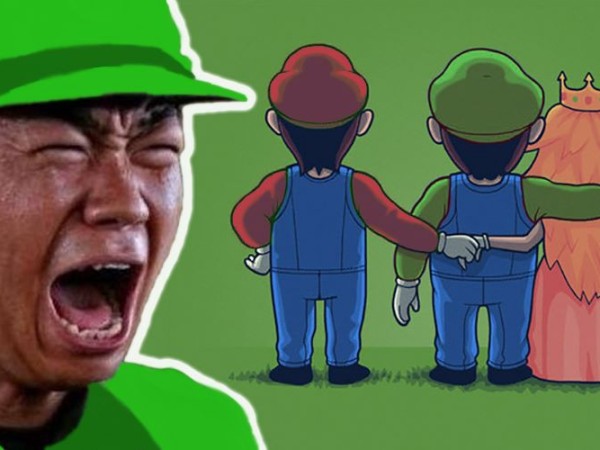

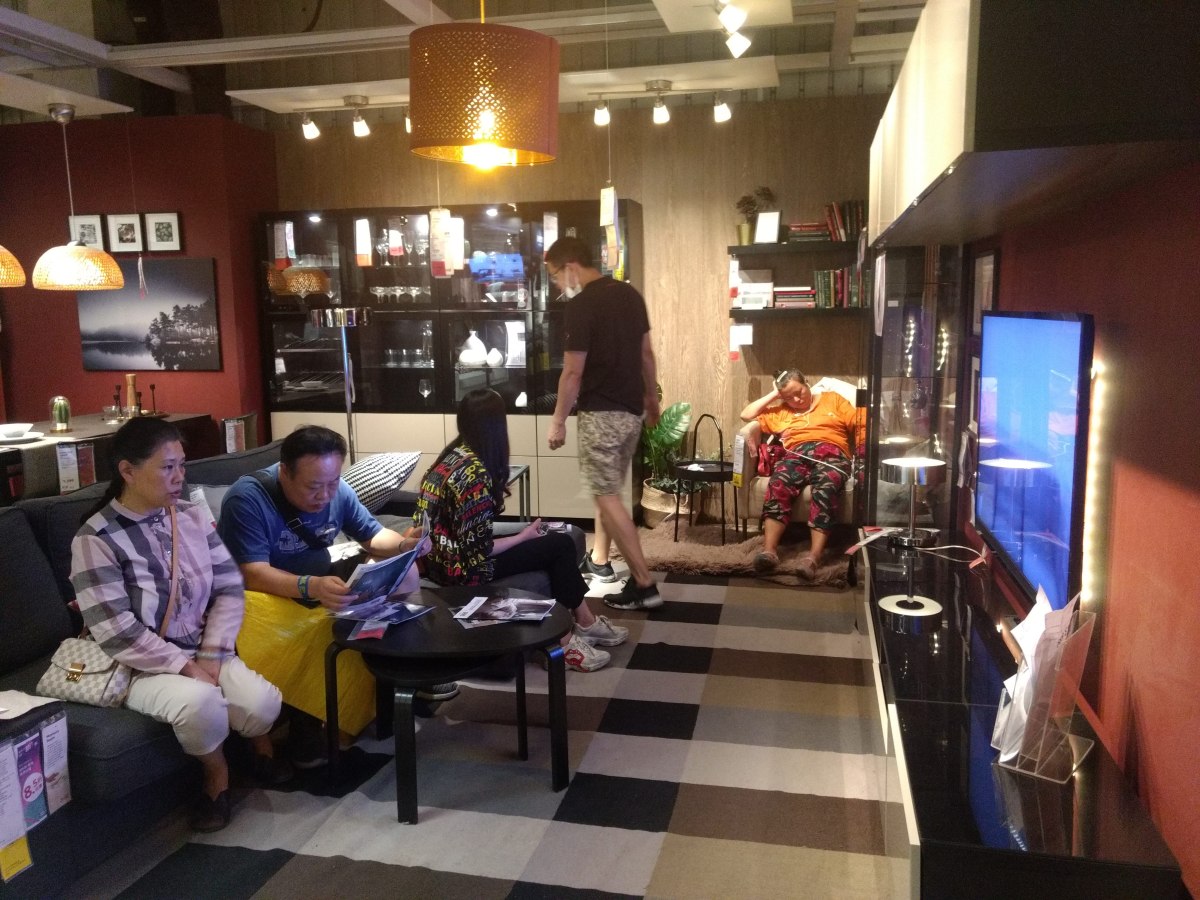
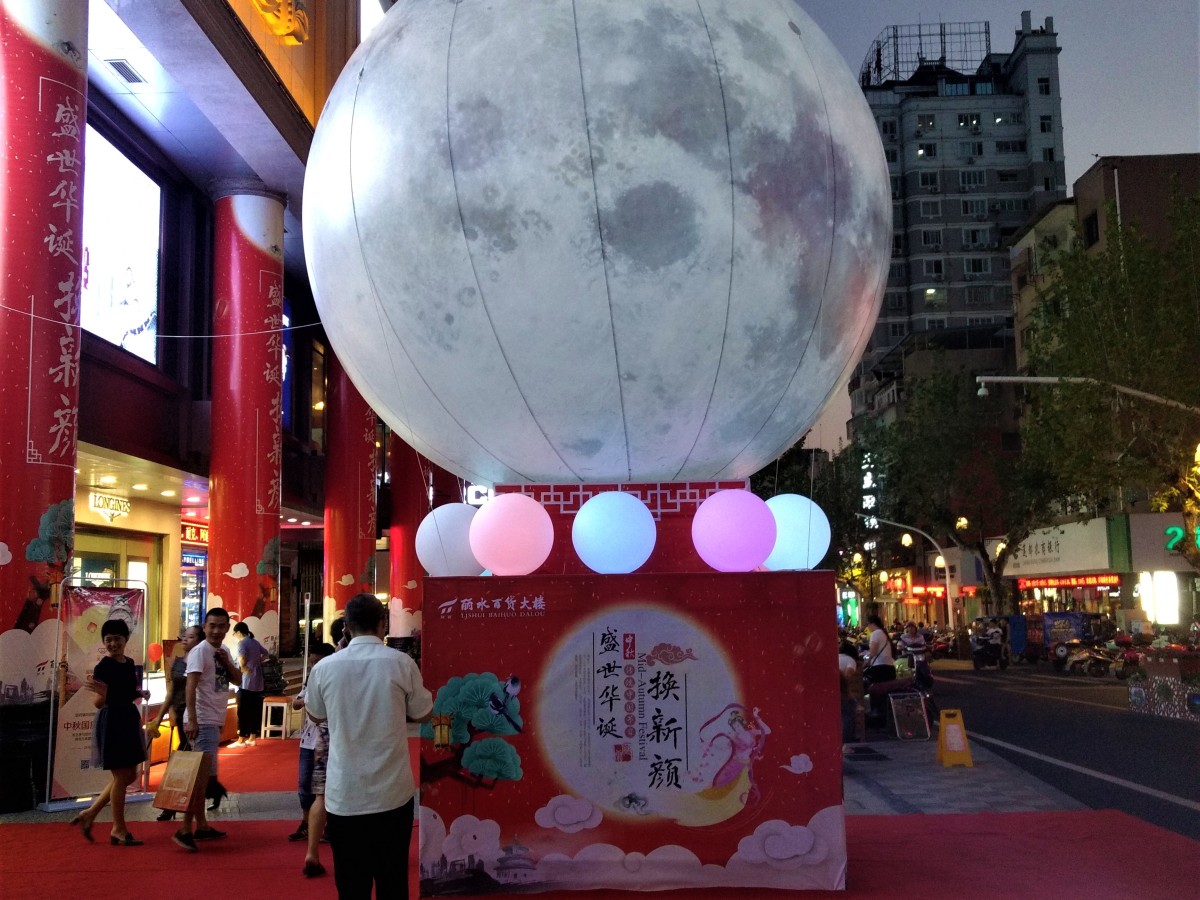


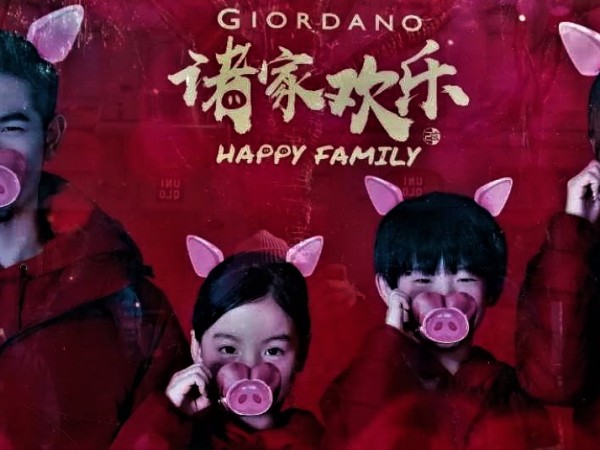

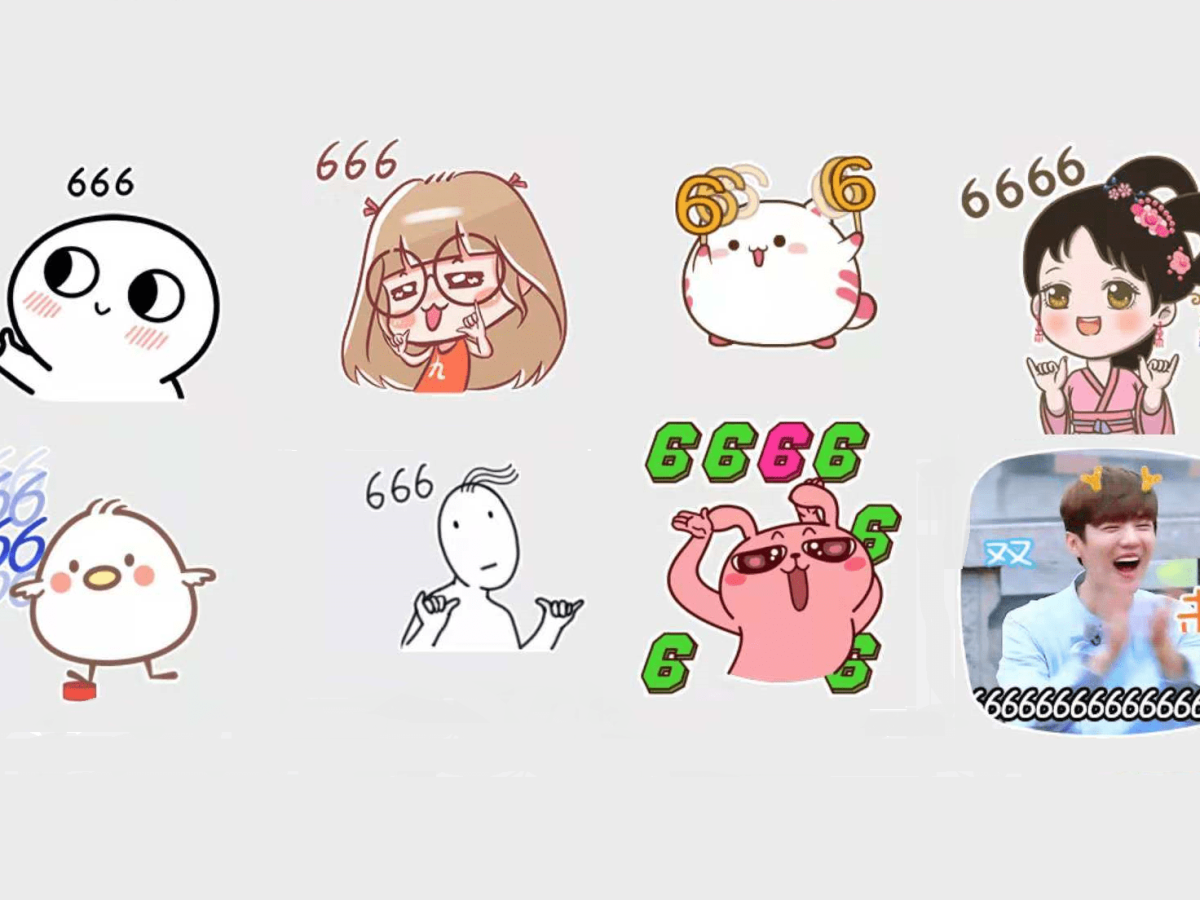





One Comment Add yours